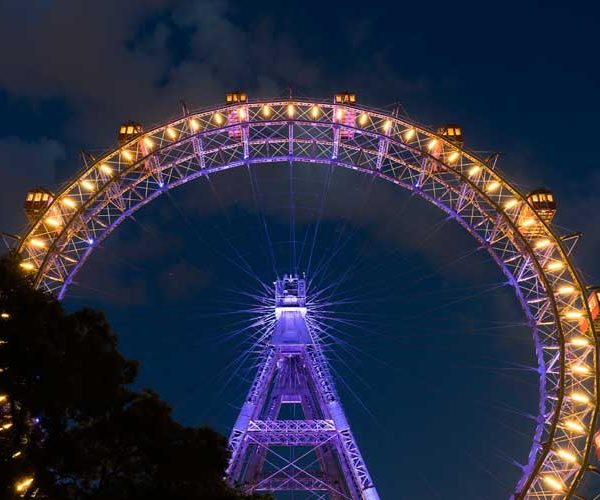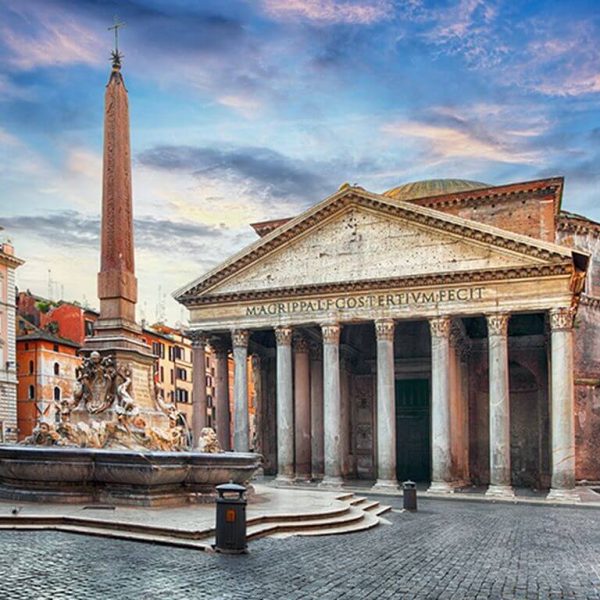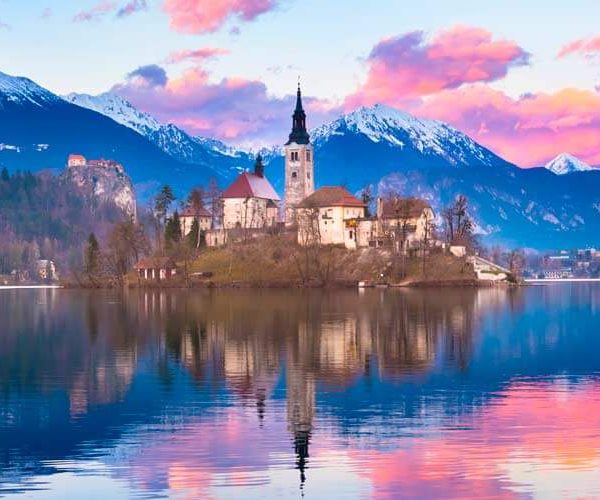Description
Highlights of Slovenia & Croatia
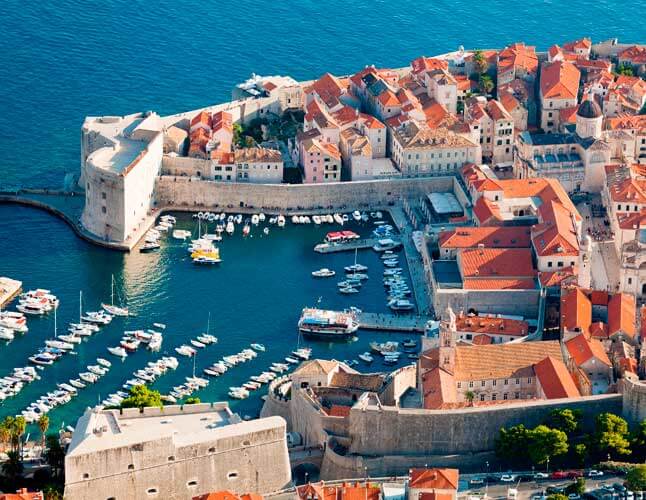

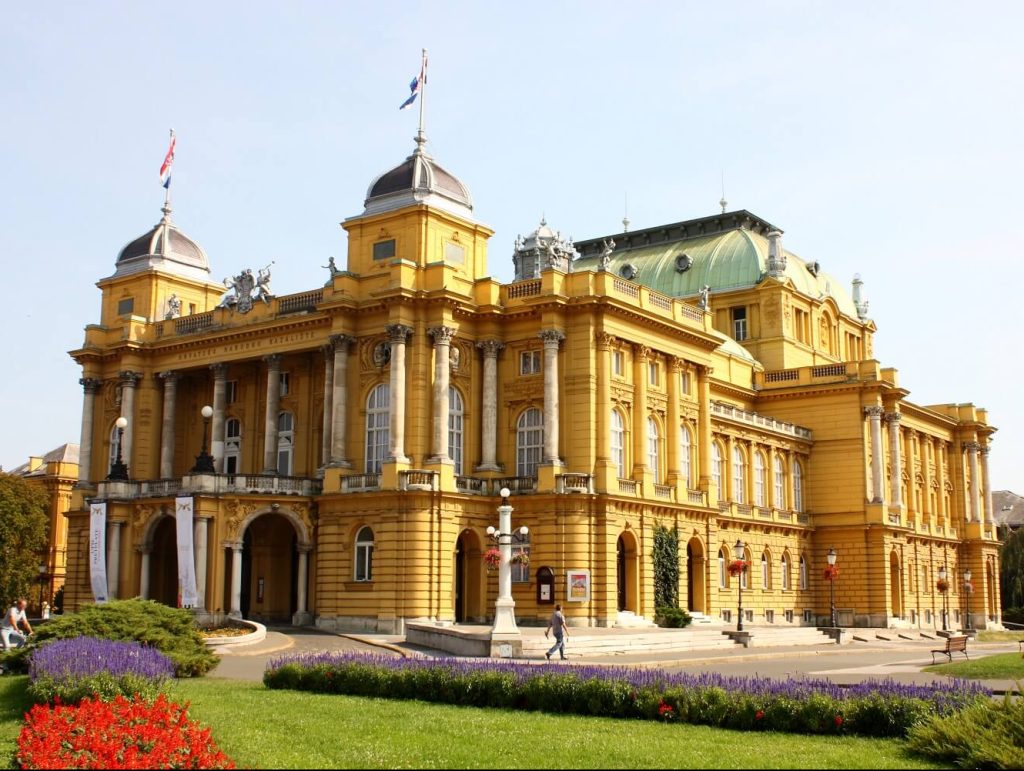
Our multi-day tour package Highlights of Slovenia & Croatia includes visiting Slovenia’s and Croatia’s most popular highlights with local professionals. From Ljubljana, Lake Bled, Postojna Cave and Predjama Castle, to Zagreb, Plitvice Lakes National Park, Šibenik, Split and Dubrovnik, you will discover the most amazing places of the Northern Adriatic. During your 10-day journey, you will learn that Slovenia and Croatia are a winning duo!
Bonus: If you arrive at Zagreb Airport instead of Ljubljana Airport, this program can start in Zagreb.
Slovenia is a country full of natural treasures, as nearly one third of Slovenia is under natural protection and 60 % of it is covered with forest. Wherever you go, you will be surprised to find the sea so near the Alps and the Karst, the Pannonian Plain will soon change into vast forests, and the cultivated fields will transform into hills, covered with vineyards and fruit trees. The inhabitants of the “Green Heart of Europe” are hospitable, kind and hardworking. Slovenian towns are relatively small and never more than one step away from nature.
With its striking coastline, clear waters and rich cultural heritage, Croatia is one of the most popular Mediterranean destinations. Its historical towns with scenic alleyways, striking views and delicious local food are the best place to get lost, making you wish you would never have to return.
Highlights: Zagreb, Ljubljana, Postojna Cave, Predjama Castle, Lake Bled, Trieste, Piran, Portorož, Lipica Stud Farm, Škocjan Caves, Plitvice Lakes, Šibenik, Primošten, Trogir, Split, Dubrovnik
Send us your request:
- Duration: 9 nights / 10 days
- Tour package includes:
- Pick-up at Jože Pučnik Airport Ljubljana,
- Drop-off at Dubrovnik Airport,
- Transportation per program,
- Sightseeing per program,
- Entrance fees to: Postojna Cave, Predjama Castle, Lipica Stud Farm, Škocjan Caves, Plitvice Lakes National Park, Diocletian’s Palace, Klis Fortress, Dubrovnik City Walls,
- Private vehicle with driver,
- English-speaking guide,
- 9 breakfasts,
- 9 overnight stays on twin/double sharing basis in 3* or 4* hotels: 5 nights in Ljubljana, 1 night in/near Šibenik, 2 nights in Split, 1 night in Dubrovnik,
- All applicable tolls, fees and taxes.
TOUR DETAILS
Day 1: Arrival, Ljubljana
Our agent will welcome you at Jože Pučnik Airport Ljubljana and take you to your hotel for check-in (after 14:00). You will have time for unpacking and lunch and in the afternoon, our tour guide will take you on a panoramic sightseeing tour of Ljubljana, proclaimed by the European institutions the »European Green Capital 2016«. To feel its cosy urban vibe, we will walk through the scenic Old Town and see its main attractions, from Prešeren Square and Tromostovje (Triple Bridge) to Town Square with its baroque fountain and Town Hall. We will walk up the Ljubljana Castle Hill and admire its panoramic view of this lovely city. Overnight stay in Ljubljana.
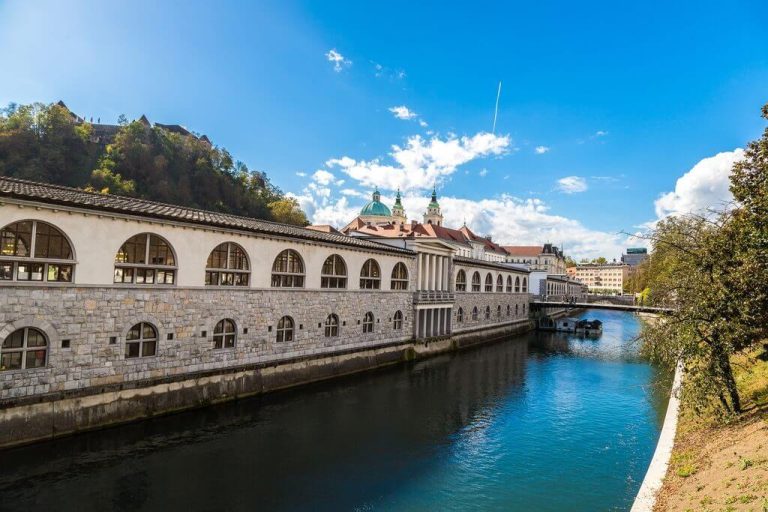

Day 2: Postojna Cave, Predjama Castle, Lake Bled
After breakfast, we will visit the Postojna Cave, one of the largest Karst landmarks in the world. An electric train will take us through the tunnels of the cave, which is with its 20 km long cave system the most impressive and the most visited cave in Europe. We will be able to spot human fish, the most famous cave animals in the world that used to be believed to be dragon offspring. We will continue with a tour of the mighty Predjama Castle from the 12th century, mounted on a 123 m high cliff above the Lokva River. There are many mysterious tales and legends about the castle and its knights. The most famous of them all is the story of Knight Erazem of Predjama, who rebelled in the 15th century against the emperor and became the first Slovenian Robin Hood. Today’s castle is from the Renaissance period and incorporates a museum.
In the afternoon, we will drive to another part of Slovenia – Gorenjska (Upper Carniola) Region – to the most renowned tourist place in Slovenia, Lake Bled. As Bled is a place for relaxation and enjoyment, you will hear all the relevant stories, facts and directions/tips on the way and learn more about Bled upon arriving there. You can decide how you want to spend the next few hours at leisure at the resort by yourself and choose from the possibilities you will learn about. Our guide can take you on a tour of the majestic Bled Castle (optional), which is located on a steep 139 m high cliff overlooking the lake and offers a heavenly view of Lake Bled, as well as the surrounding alpine mountaintops and valleys. Bled Castle, first mentioned in 1011, is one of the oldest Slovenian castles. You can admire the old wooden Gutenberg printing press and the castle’s smithy, while Bled Castle is also famous for being one of the most beautiful wedding venues in Europe. Alternatively, you can take a pleasant walk around the lake or join a “pletna” boat ride to the island in the middle of the lake, which is named after the town of Bled and is, in fact, the only island in Slovenia. You can take a look at an impressive medieval church and its “wishing bell”. After that experience, you can take some time to treat yourself to a good cup of coffee, enjoying the beautiful view of the lake at the foot of Pokljuka and tasting the traditional local dessert “kremšnita” (cream cake), which has been made in Bled for over 60 years. Another possibility is visiting the magnificent Vintgar Gorge nearby (typically open between April and November). Return to Ljubljana in the evening, overnight stay in Ljubljana.
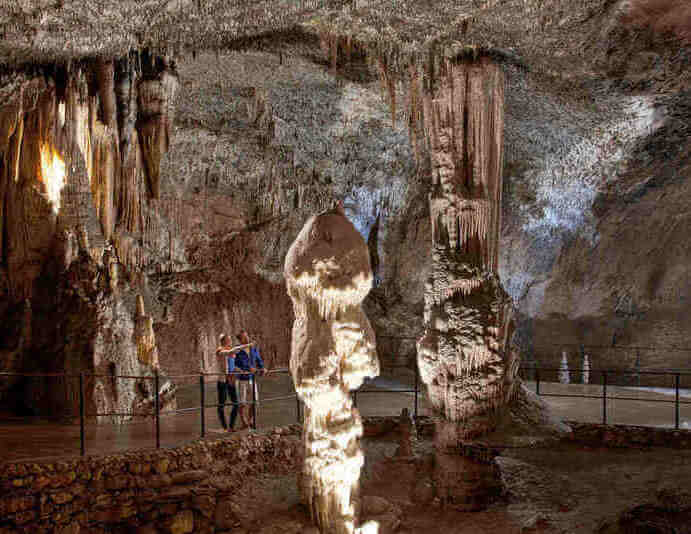
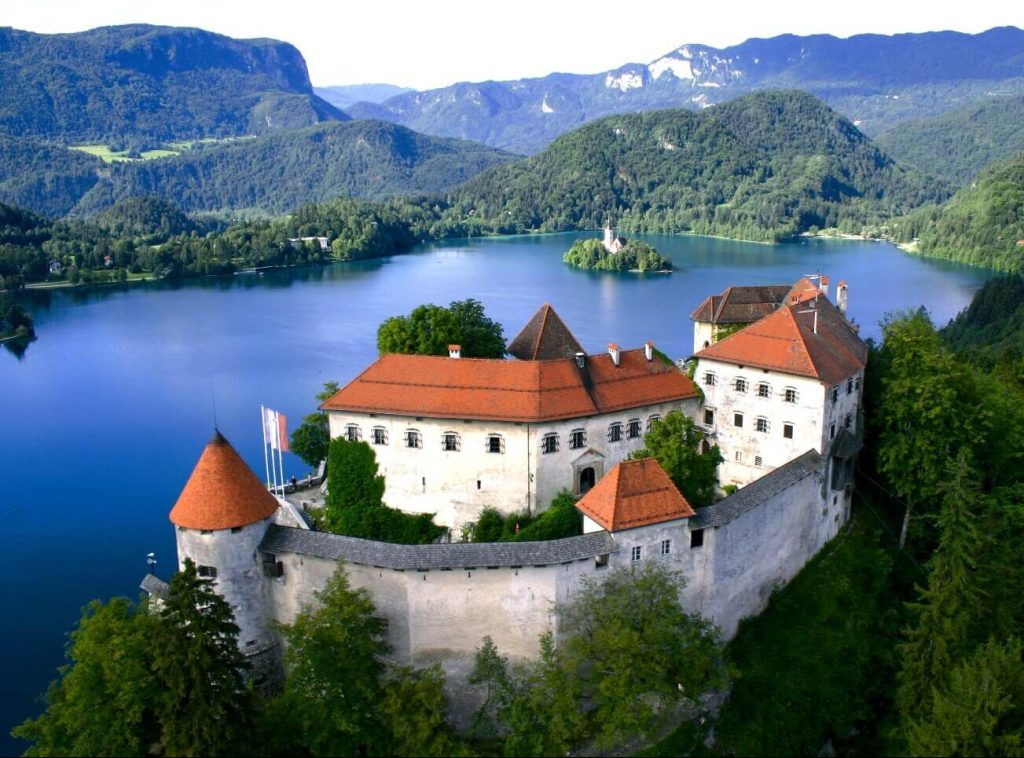
Day 3: Trieste, Piran, Portorož
We will begin this adventure by hopping across the Italian border to visit Trieste, a city of great importance for the Habsburg dynasty and ruled by many more throughout history, with the second largest port in Italy. We will visit the city centre and the mesmerising Miramare Castle (entrance optional), built by Archduke Ferdinand Maximilian I for himself and his wife Charlotte of Belgium. It shows its visitors an example of a luxurious aristocratic residence, which has preserved its original furnishings. The Slovenian coastal road will lead us to the lovely town of Piran, also called “little Venice”. We will walk through its narrow streets and beautiful squares up to the church of St. George to see the view of three countries – Slovenia, Italy and Croatia, as well as nearby salt fields. The salt there is acquired from the sea in a unique, traditional and natural way: with the help of the sun, petola mud and wind. Afterwards, we will head to Portorož, the modern capital of Slovenian tourism. Overnight stay near Portorož.
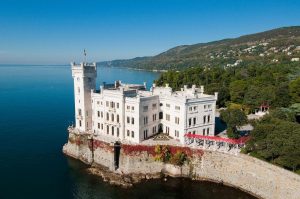
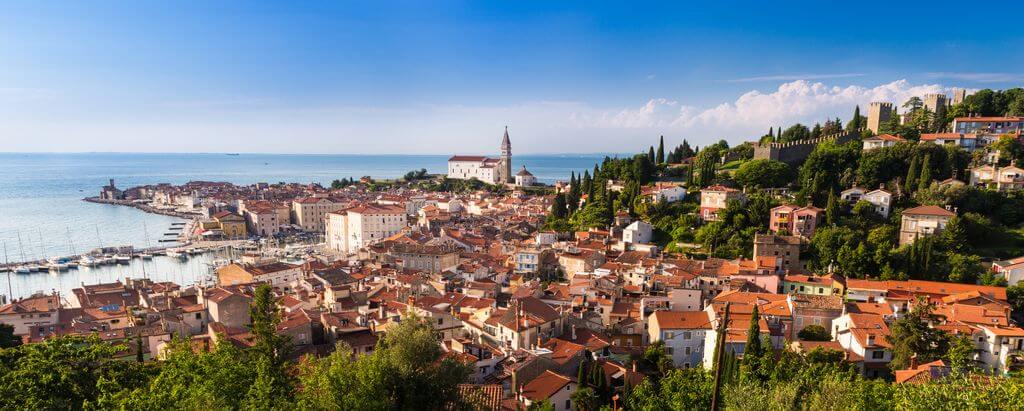
Day 4: Lipica Stud Farm, Škocjan Caves
We will start today’s excursion by visiting the City of Lipica. It is an important equestrian center from the times of the Habsburgs. The main attraction of Lipica is a stud farm, where you will have the unique opportunity to observe horses in pasture. Our trip will continue to the Škocjan Caves, listed on the UNESCO World Heritage List. The Škocjan Caves system consists of caves, through which the Reka River flows, which represent the most important underground phenomenon in the Karst. Return to Ljubljana in the afternoon, overnight stay in Ljubljana.
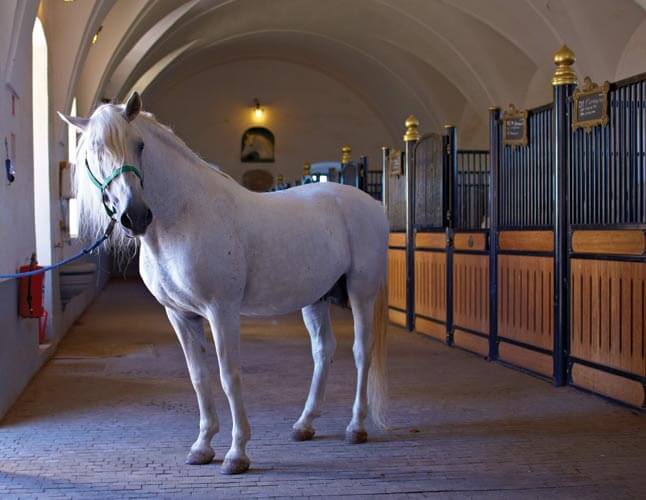
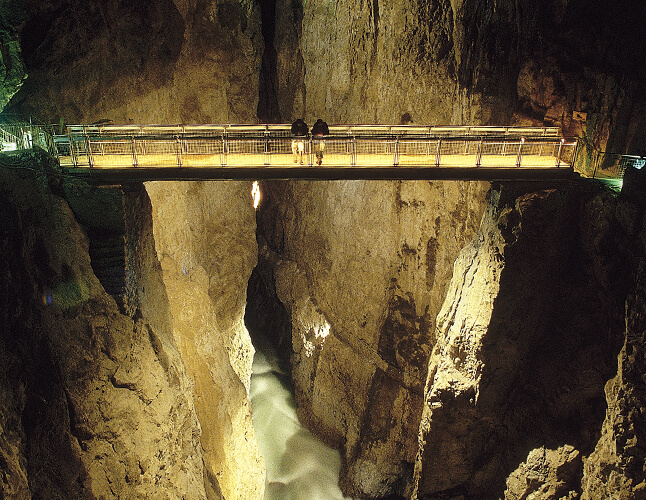
Day 5: Zagreb
After breakfast, we will leave Slovenia and drive to Zagreb. After check-in, you will have time for unpacking and lunch, which will be followed by a light walk downtown with a panoramic city tour. We will see Donji grad, Kaptol with the Zagreb Cathedral, the largest church in Croatia, Gornji Grad, Bloody Bridge, Stone Gate and St. Mark’s Square. Overnight stay in Zagreb.
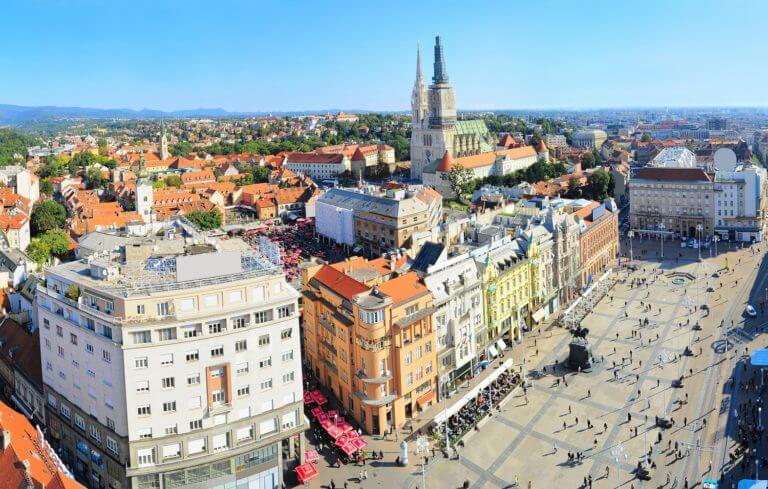

Day 6: Plitvice Lakes
After breakfast, the road will lead us through the town of Karlovac, which is named after its founder, the Austrian archduke Charles II Habsburg. We will continue along the valley of the Korana River to Slunj and towards the Plitvice Lakes National Park. This natural beauty presents sixteen lakes in beautiful blue-green pastel colours, which reflect the surrounding forests. The water in the waterfalls flows from lake to lake, creating a unique landscape. Plitvice Lakes National Park is listed as one of the natural heritage sites on the UNESCO World Heritage List. Our journey will continue towards the Adriatic Sea and along its shores to Croatia’s second largest city, Split. Overnight stay in Split.


Day 7: Šibenik, Primošten, Trogir
After breakfast, we will go on a panoramic city tour of Šibenik, continued by driving along the scenic Adriatic Highway to Primošten (photo stop). We will continue to the UNESCO town of Trogir (photo stop) and arrive in Croatia’s second largest city Split in the afternoon. Overnight stay in Split.
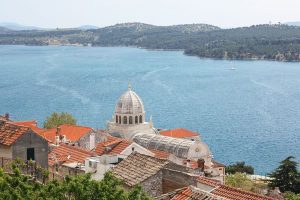
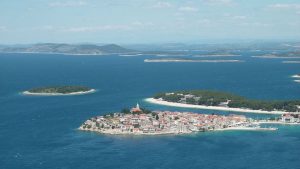
Day 8: Split
After breakfast, we will visit the Klis Fortress, where the Game of Thrones was filmed. We will descend to the ancient amphitheatre ruins in Solin and continue with on a sightseeing tour of Split and visiting Diocletian’s Palace, which is on the UNESCO World Heritage List. At the beginning of the 3rd century, it was built by the Roman emperor Diocletian, born in the town of Solin near Split. A walk around the 1700-year-old palace is actually a walk through the heart of today’s Split. On the central square called the Peristil, we are actually standing on the original cobbled almost two thousand years old Roman street. We will also see the Temple of Jupiter, Cathedral of Split, St. Domnius Liberty Square or Prokurative and much more. In the afternoon, you will have some free time to explore the city by yourself and feel its vivacious vibe. Overnight stay in Split.
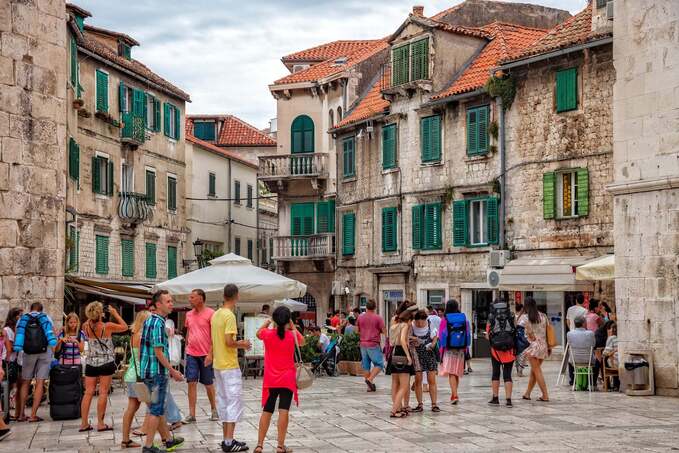
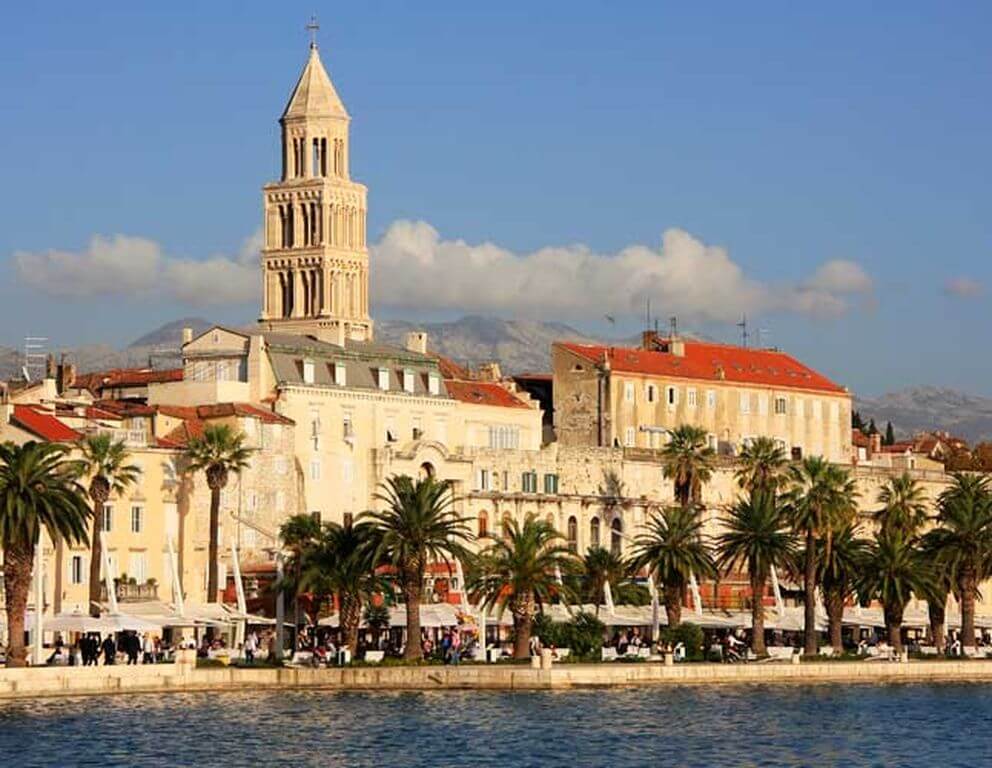
Day 9: Dubrovnik
In the morning, we will head towards the coastal town of Neum, where we will pass the Republic of Bosnia and Herzegovina for 5 km, and then return to Croatia. We will continue on the scenic coastal road along the Pelješac peninsula and pass through the Elaphite Islands to Dubrovnik. We will explore the city, which is the pearl of southern Dalmatia, an old town listed on the UNESCO World Heritage List. We will experience the charm of the remaining buildings from the time of the old Dubrovnik Republic, enjoy the view of the Renaissance architecture with some traces of Gothic, see the Franciscan monastery with one of the oldest pharmacies in Europe, the central street Stradun, the Sponza Palace and the church of St. Blasius, a majestic cathedral. Overnight stay in Dubrovnik.
*Optional: ascending to the Fort Imperial (cable car), which offers the most stunning view of Dubrovnik and its surroundings.
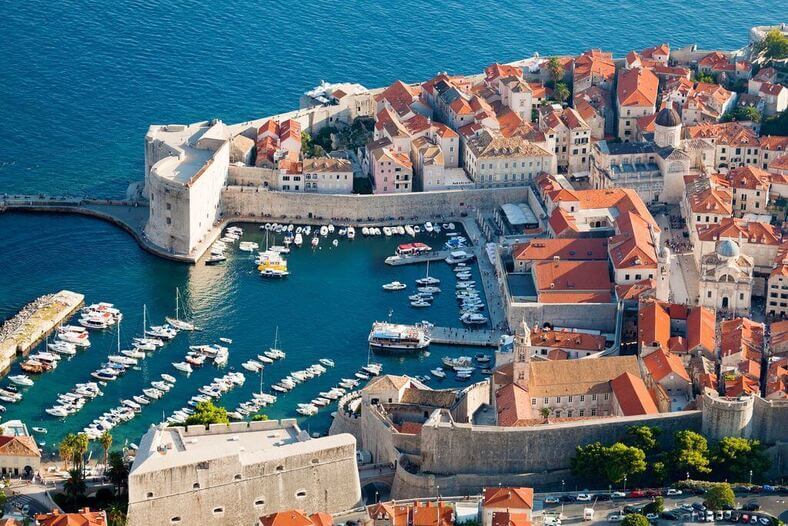
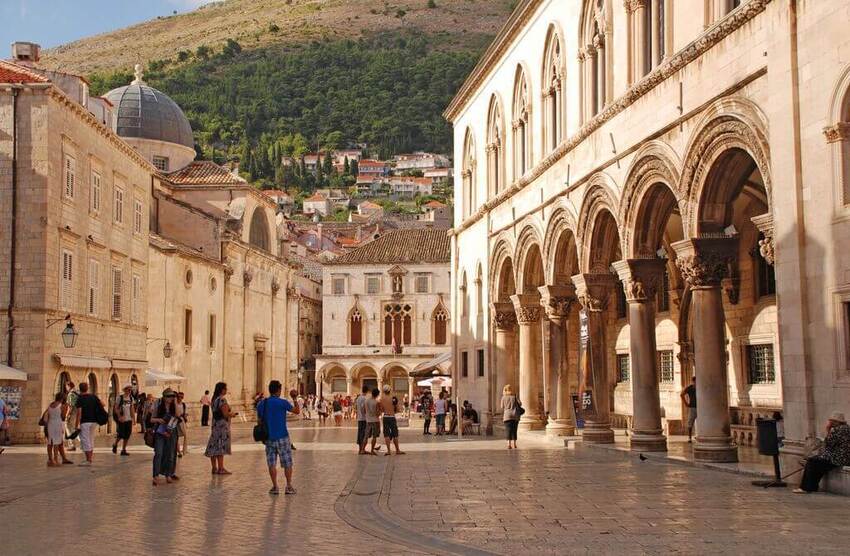
Day 10: Departure
PLEASE NOTE:
In the case of unexpected events (traffic conditions, weather conditions or other inconveniences that we cannot influence), we can change the order of trips and sometimes the contents to make the tour as logistically convenient as possible.
What to see in Ljubljana
Our tour guides can take you on sightseeing tours of Ljubljana to show you its main attractions, from Prešeren Square and Tromostovje (Triple Bridge) to Town Square with its baroque fountain and Town Hall. Another thing you cannot go without is climbing the Ljubljana Castle Hill and admiring its panoramic view of this lovely city.
What to see in Bled
As the most photogenic place you can visit in Slovenia, Bled offers breathtaking panorama. The best view is inarguably from the Bled Castle, but there is a lot to see down by the lake, too. The traditional pletna boats are known as the “gondolas of Bled”, beautifully crafted by the locals. If you are in a pampering mood, you can take a lovely ride with the coachmen Fijaker – a special Bled tradition on its own.
What to see in/near Postojna Cave
The illuminated trail leads through the Great Mountains (Kalvarije) across the Russian bridge, built by Russian prisoners during World War I in 1916, to the beautiful Tubes’ Hall, White Hall and Red Hall – until Brilliant Passage, where the most famous stalagmite Brilliant, the symbol of the Postojna Cave, is located. In a large concert hall, you can see an aquarium with human fish, the most famous cave animals in the world.
What to see in Zagreb
Must-see attractions in Zagreb are Donji grad, Kaptol with the Zagreb Cathedral (the largest church in Croatia), Gornji Grad, Bloody Bridge, Stone Gate and St. Mark’s Square. As Croatia’s capital city, Zagreb has a lively urban, cultural and art scene full of lovely cafés, events, gallery and other exhibitions.
What to see in Plitvice Lakes National Park
This natural beauty will amaze you with 16 lakes in striking blue-green pastel colors. The mineral-rich water flows from lake to lake, creating a unique landscape with beautiful waterfalls and cascades. The park is heavily forested, providing a refreshing natural environment for you to discover.
What to see in/near Split
Split’s main attractions are the famous Diocletian’s Palace (UNESCO World Heritage Site since 1979 and one of the best preserved monuments of the Roman building heritage in the world), Temple of Jupiter, Cathedral of Split, Klis Fortress, Galerija Meštrović, St. Domnius Liberty Square or “Prokurative”, Fruit’s Square and the central square “Peristil”.
What to see in/near Dubrovnik
Dubrovnik is an old town listed on the UNESCO World Heritage List with remaining buildings from the time of the old Dubrovnik Republic and Renaissance architecture with traces of Gothic. A must-see are the Franciscan monastery with one of the oldest pharmacies in Europe, the central street Stradun, Sponza Palace, Church of St. Blasius, Lovrijenac Fort and the famous Walls of Dubrovnik.
What to do in Ljubljana
Visiting Tivoli Park is a must! You can walk under the oak trees, see an open-air exhibition and feel the care-free urban vibe there. You can take a Ljubljanica Boat Cruise, go SUP-ing or treat yourself to some gelato in one of the ice-cream shops. The best cafés and restaurants are found in the Old Town, laid-back during the day and full of life and lights during the night.
What to do in Bled
After the initial amazement, you can take a closer look at the lake, watch the peaceful sailing of the swans, chill on the beach, look out for local craft and have a delicious lunch. You can go rowing on Lake Bled or swimming during warmer months. The best way (or the only way?) to conclude your visit is by tasting the Bled cream cake, one of the symbols of Bled!
What to do in/near Postojna Cave
Guided tour of Postojna Cave includes walking and driving by an underground train, where you can admire 5 km of tunnels, passages and spectacular halls. By Hotel Jama in front of the cave, you can visit the souvenir shop and get a baby dragon of your own. Inquire about additional experiences and activities in the area!
What to do in Zagreb
For the best cultural experience of Zagreb, you must visit its colourful markets, starting with “Britanski trg” (British Square), the oldest open-air market only 10 min walking distance from the main square. If you wish to escape from the city rush, you can stroll through the Maksimir Park, visit the Botanical Gardens or take a trip to Plitvice Lakes National Park.
What to do in Plitvice Lakes National Park
It takes about 6 hours to explore the park on foot. If you don’t have that amount of time, you can explore the upper lake section, which takes 2 hours. Plitvice Lakes National park is perfect for relaxation and contemplation, as the nature is truly astounding. It is also popular for bird watching and hiking. Note that swimming is not permitted in any of the lakes.
What to do in/near Split
Split is a 17-centuries-old Croatian town of great history and cultural heritage that you can discover on a sightseeing city tour. You can visit Trogir, a small island near Split (UNESCO World Heritage Site), nearby wineries and vineyards, forests, jogging trails, recreational terrains and beaches with extraordinarily clean sea.
What to do in/near Dubrovnik
When in Dubrovnik, there are numerous attractions you can discover. If you are interested in historical heritage, you can visit the Museum of Croatian War of Independence or Gornji Ugao Tower. For nature lovers and leisure tourists, you can take a trip to the Island of Lokrum or Korčula Island, Mount Srd or relax on the Sveti Jakov Beach.
